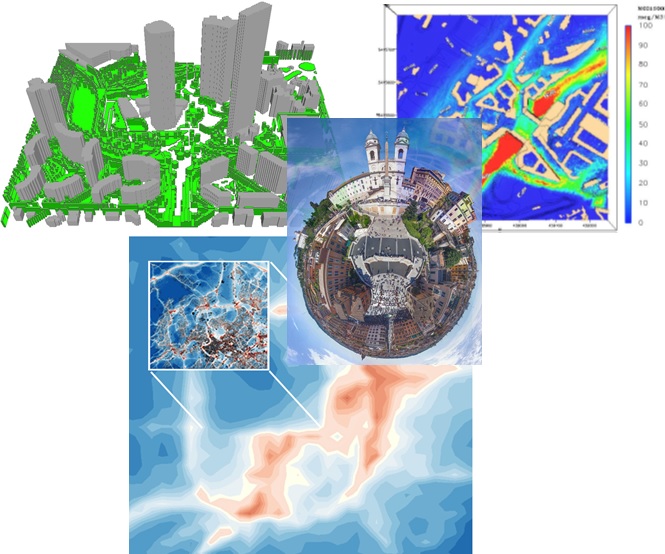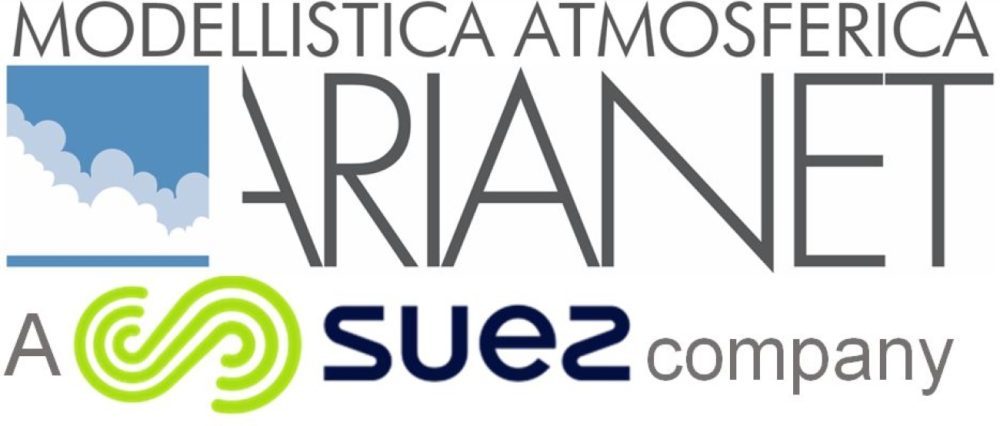Today, the global urban population already exceeds the rural population. Therefore, studying the morphology and use of public spaces is of strategic importance for the future of humanity, and “climate-proof cities are also cities for people” (Jan Gehl). The urgency to reinvent methods and tools for designing and managing environmental regeneration of urban areas involves policies, programs, and best practices aimed at reducing greenhouse gas emissions and mitigating environmental damage and risks caused by human pressures and climate change, with the active involvement of local stakeholders as an integral part of development.
This model of urban development and redevelopment requires integrated tools for studying, monitoring, and controlling aspects related to air quality, urban microclimate, and resilience to climate change. ARIANET has translated this into PrISMA (Integrated Project for the Study, Monitoring, and Control of Aspects Related to Air Quality, Urban Microclimate, and Resilience to Climate Change).
Among the objectives of PrISMA is the enhancement of improved vegetation maps in urban areas and the development of integrated and distributed monitoring solutions with the highest energy efficiency.

True integration between models and measurements, as well as between the themes of air quality, microclimate, and resilience to climate change, makes the representation of the urban environment and its evolution over time as detailed and realistic as possible. It fully enables the realization of the IoT (Internet of Things) concept – “making the electronic world map the real one, giving electronic identity to objects and places in the physical environment” (https://en.wikipedia.org/wiki/Internet_of_things).
